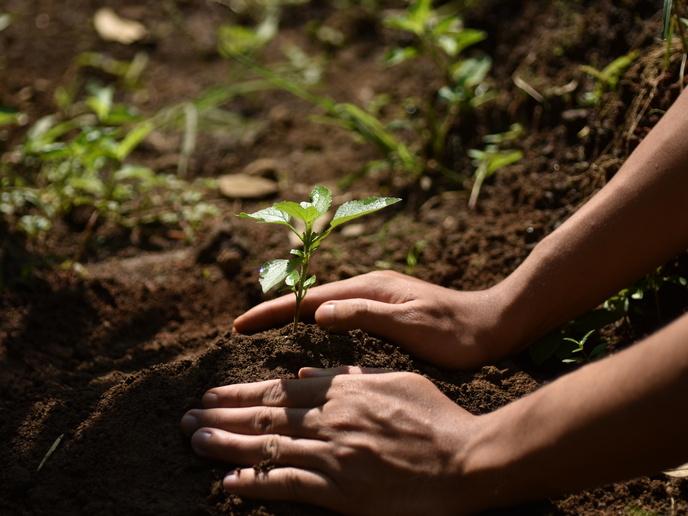Research advances means to expand the role of land in climate change strategies
Land-based mitigation technologies and practices (LMTs) are crucial strategies to combat climate change, representing around 30 % of the nationally determined contributions under the Paris Agreement. Although LMTs aim at reducing greenhouse gas emissions from land use and removing them from the atmosphere using land as a carbon sink, there are still uncertainties and barriers regarding their effectiveness. To improve the assessment of these practices and to provide more detailed insights that can contribute to decision-making in the private sector and by policymakers, the EU-funded project LANDMARC was born. “The global and regional scaling potential of LMTs, despite the risk of reversal, is substantial both in terms of emission reduction and carbon removal in nature-based practices,” argues Jenny Lieu, LANDMARC’s co-coordinator.
Advances to expand LMTs
“It is vital to verify whether an LMT solution delivers its climate promise. Better and more reliable measurements are needed to be able to quantify the factual CO2 emissions and the amount of carbon stored,” says Eise Spijker, LANDMARC’s other co-coordinator. LANDMARC has developed more robust methods, called carbon measurement and monitoring tools, to measure LMTs in different contexts. Traditionally used in microbiology, agronomy and other disciplines, these techniques can now be used to obtain credible values of carbon content in soil or biomass and to validate the mitigation potential for different LMTs. They also ultimately offer cost-effective methods that land use owners can apply without resorting to expensive consulting partners. The project also carried out experiments that combine remote sensing and in situ monitoring tools and methods in 14 countries. LANDMARC brought together not only multidisciplinary experts from academia but real practitioners of LMTs and stakeholders from different parts of the world. It organised more than 716 stakeholder activities, such as workshops and interviews, to jointly develop knowledge narratives for models that can facilitate LMT pathways and collect data on the ground for monitoring and measuring CO2.
Unique insights
The integrated approach of LANDMARC was essential to identify important elements for the implementation of LMTs. For instance, the research found that local and indigenous knowledge and practices, although of high value for LMTs, are often underrepresented or ignored. Gaps of knowledge regarding specific LMT solutions and costs were also identified among stakeholders. The project further recognised that climate change cannot be the only reason for implementing LMTs. This is because these practices must also provide social and economic benefits, which can make them valuable in the long term.
Benefits for society
LANDMARC’s policy analysis can provide information that helps the EU initiative to develop a carbon removal certification mechanism and complements other policies that can encourage land managers to engage in more sustainable LMT practices. According to the research, a combination of LMT portfolios is the right approach. In Europe, depending on the region, this includes integrated soil fertility management, forest management practices, wildfire management, peatland rewetting, and bio-energy carbon capture and sequestration. Lieu and Spijker maintain that “Our focus on a more integrated valuation of LMT practices benefits local communities and societies to become more resilient to climate change and other external shocks. Scaling up LMTs is not just about CO2 removal or emission reduction, but mainly about other social and environmental impacts that matter.”
Keywords
LANDMARC, climate change, CO2, greenhouse gas, land-based mitigation technologies, carbon removal, Paris Agreement

